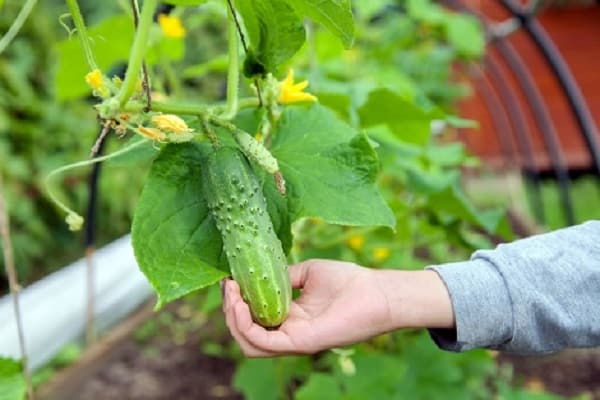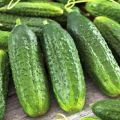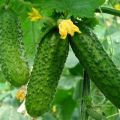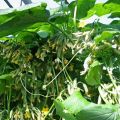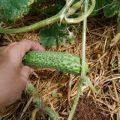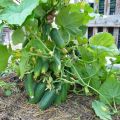Description of the variety of cucumbers Hector, Buyan, Malyshok, Nadezhda and Grasshopper and their characteristics
In the cucumber seed market, hybrids account for more than ninety percent. And summer residents choose them because they begin to bear fruit earlier and the cucumbers remain green for a long time, do not turn yellow. If we consider such a hybrid as the cucumber Hector, then I would like to note that it is not necessary to pollinate it, and it is easy to care for it.
About Dutch cucumber Hector
Reviews and descriptions of summer residents tell about the cucumber Hector F1 reliably:
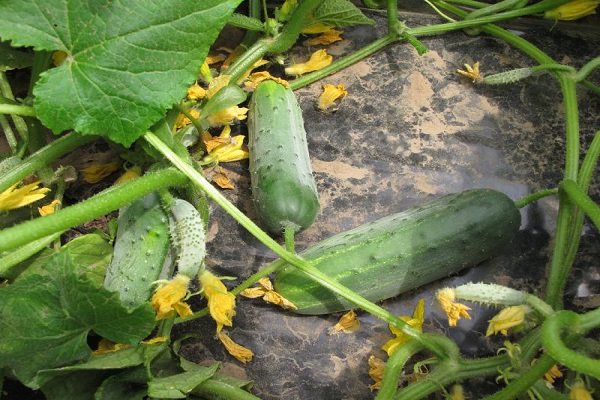
- The plant belongs to the parthenocarpic vegetable species.
- Bushes with dark green leaves reach a height of seventy centimeters.
- Zelentsy grows in length up to nine to thirteen centimeters, appearing thirty days after germination.
- Fruits without bitterness, juicy, tasty.
The hybrid has high yields. When grown, the vegetable can withstand temperature extremes, is resistant to fungal diseases, viral infections. Landing density for Hector is also not scary. Seedlings do not stretch, they remain with strong stems. And if you plant it in a greenhouse, then the fruits will appear a week earlier.
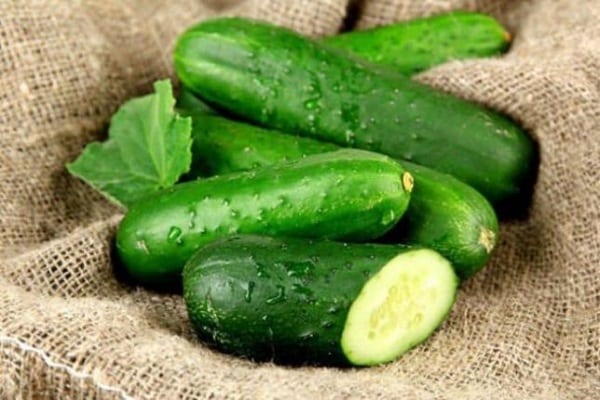
After collecting zelents, they can be transported without loss, while maintaining an excellent appearance.
The hybrid bears fruit on time both in the open field and under the film. Cucumber seeds sprout one hundred percent. When sown in May, the fruits reach maturity at the end of June.

Early ripening Buyan
For cultivation in the Moscow region, the Buyan cucumber was bred, the yield of which is up to nine kilograms per square meter of planting. It is one of the best hybrids resistant to powdery mildew, false and true, cucumber mosaic virus.
It is not necessary to pollinate the plant, since it is parthenocarpic type, that is, there are more female flowers on it than male ones.

A bush with medium branching takes root well in the open field. Cucumber Buyan F1 quickly passes the growing season where there is a lot of light. Growing it requires the following:
- placement of vegetable seedlings in a greenhouse - two or three bushes per square meter, up to four per garden bed;
- watering parthenocarpics with warm water;
- forming a bush into one or two stems;
- every two weeks of applying organic or mineral fertilizers.
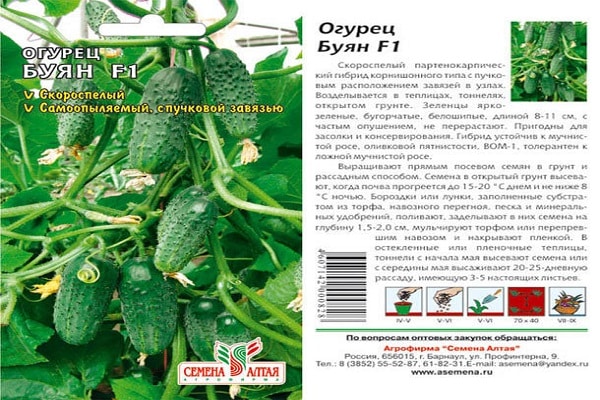
The variety is demanding on the composition of the soil. The soil for the plant should be loose, nutritious, neutral in acidity.
Hybrid Baby
Sweet gherkins are obtained from an early Malyshok hybrid. Dark green cucumbers, ten centimeters long, with tubercles on a thin skin, do not taste bitter. Due to their juiciness and tenderness, they are suitable for summer salads.And in canned form they are consumed with pleasure. Cucumber Malyshok receives only positive reviews from summer residents. Zelentsy do not turn yellow for ten days after harvest, they tolerate transportation well.
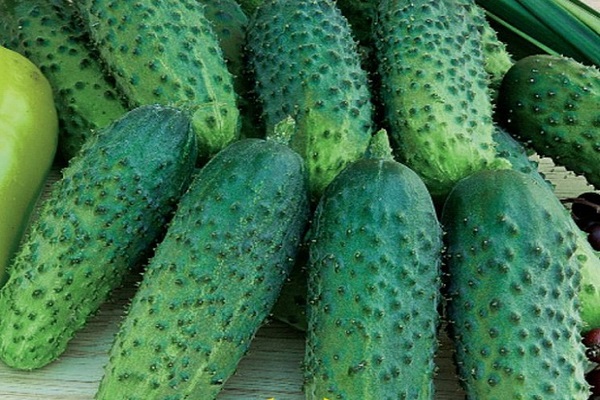
The only problem in growing a hybrid in a greenhouse is the organization of pollination of female flowers by bees. For the variety, regular watering, organization of feeding is important.
Ultra early variety
The cucumber Nadezhda F1 bears fruit first among vegetables. The hybrid is suitable for planting in central areas. The fruits of the variety have such features as:
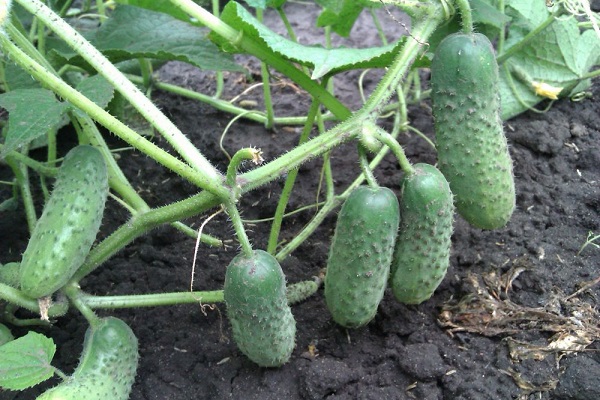
- weight seventy grams;
- oval shape;
- tubercles and black pubescence;
- the pulp is juicy and dense;
- thin dark green skin.
A bee-pollinated variety is chosen for cultivation in farm fields. Such determinate cucumber varieties are easily processed by agricultural machines.
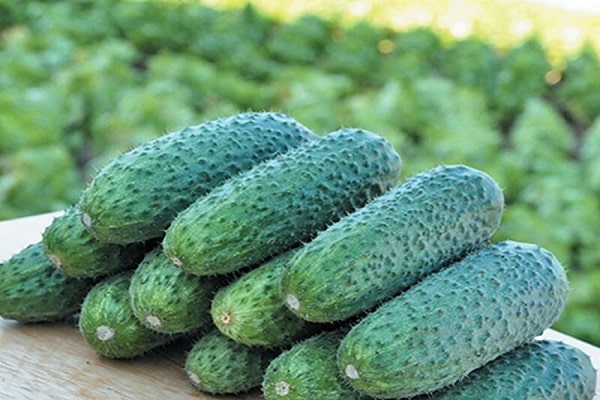
Partenocarpik Grasshopper
Everyone wants to enjoy a delicious crispy cucumber as early as possible. Therefore, summer residents are advised to choose a parthenocarpic cucumber Grasshopper for planting. Outwardly, spindle-like greens appear in it 39-42 days after germination. Medium-sized fruits, slightly pubescent, suitable for slicing, summer salads, pickling and pickling.
Hybrid Grasshopper F1 pleases with high yields. From one square meter, ten to fourteen kilograms of crispy greens are collected.

Ideal varieties for industrial horticulture
Farmers choose vegetable varieties for growing in the fields that are convenient and easy to care for. It is important that the plants are disease resistant and drought tolerant. Much attention is paid to the description of the variety. Here the role is played by the ability of Zelentov not to turn yellow, to maintain a presentation for a long time, to transfer transportation.
Cucumber F1 Cappuccino possesses such qualities. Noted:
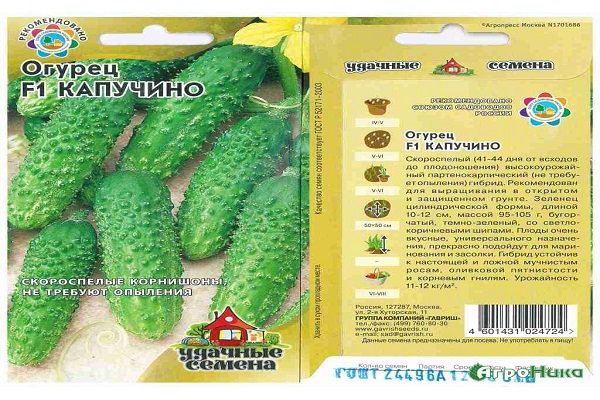
- early maturity of the variety;
- disease resistance;
- assignment to parthenocarpic species that do not need pollination;
- versatility in application.
The hybrid is harvested in July when sown in May. A medium-sized plant gives from one bush to four to five kilograms of greens.
Cucumbers Chistye Prudy have long been popular among vegetable growers. Fragrant fruits weighing over one hundred grams appear on the fortieth day after germination. Oval fruits of the cucumber variety Chistye Prudy are loved for the safety of their presentation. You can meet the hybrid Chistye Prudy F1 not only in small farmsteads, but also in the fields.
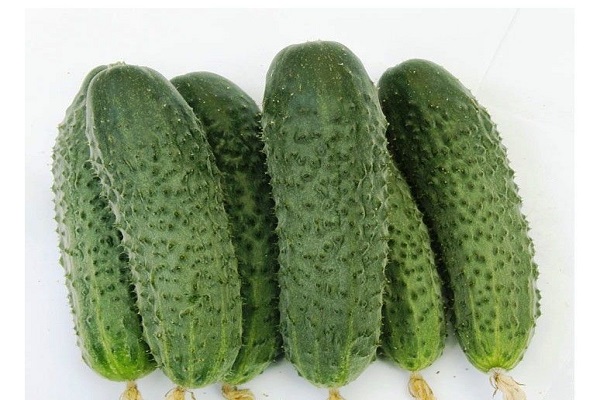
Benefits of hybrids
Cucumber hybrids have firmly conquered the market. Despite the fact that it is impossible to take seeds from them, summer residents like to grow hybrid vegetables. They don't need pollination. Parthenocarpic types of vegetables are suitable for greenhouses so as not to suffer from pollen transfer. And insects do not always get into the room, you have to put baits for them.
Many people like gherkins, as they are convenient for canning.

The characteristics of the early ripening cucumbers are the highest, and this is because they are used for summer salads.
Hybrids for sale need to have an excellent presentation, transportability.
Varietal types of vegetables are becoming a thing of the past, giving way to plants that:
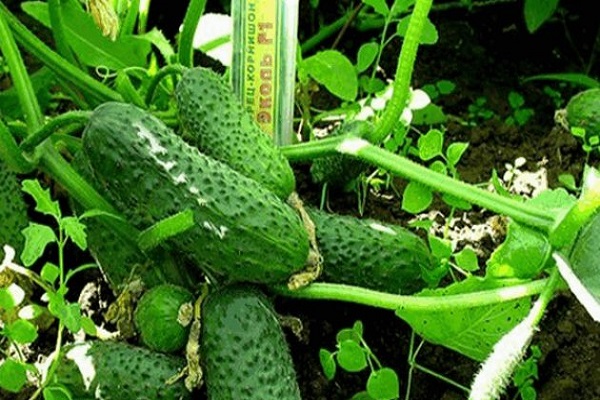
- resistant to disease;
- do not get sick during the growing season;
- have juicy, without bitterness pulp;
- do not outgrow or turn yellow;
- bear fruit early.
Many of the hybrids cross with each other, and therefore there are plants that are similar in quality and characteristics.
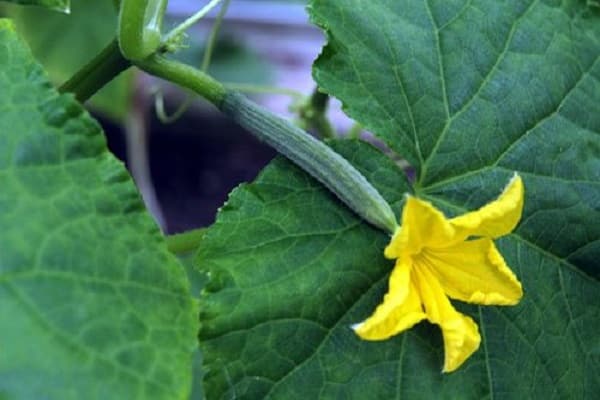
How hybrids differ from each other
Among the variety of hybrid varieties, there are those that differ in the type of pollination. For parthenocarpic ones, it is not necessary, and in bee-pollinated species insects carry out pollen transfer.
The surface of many fruits is covered with tubercles with black or white thorns.

Cucumbers differ little in color, only by a shade of dark or light greens, or white stripes.
When choosing seeds, attention is paid to the early hybrids of the female flowering type. The external characteristics of the fruit are not that important.
